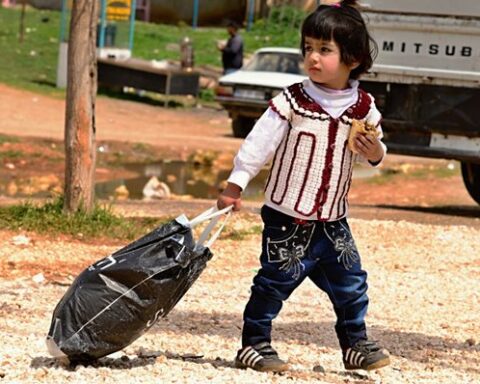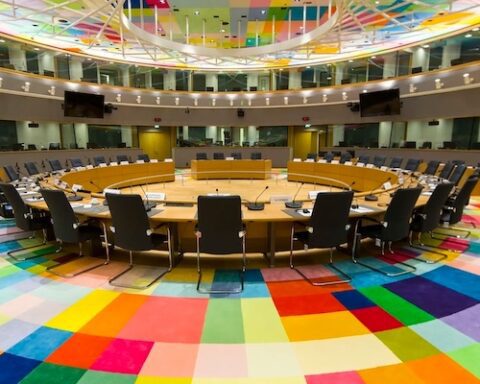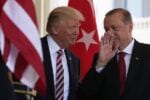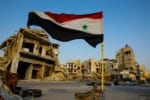The grand symphony of Death and Destruction continues to play itself out across the streets of Deir Ezzor. A mortar round detonates. A curious fluttering and whooshing sound passes, culminating in a sudden, violent crescendo marking yet another note in the soundtrack of soldiers and civilians alike. A ceaseless, high-explosive drumming of advancing armies builds. Those that attempt to stand in opposition brace for the Final Movement.
The city of Deir Ezzor is in utter despair, caught in an endless cycle of elemental terror and anguish. The Russian and Iranian supported Syrian Arab Army (SAA) is quickly advancing, with the US-Supported Syrian Democratic Forces (SDF) having joined the fray. The majority of the city remains under firm Islamic State control, with over 60% of inner city areas held by entrenched and well prepared positions proving difficult to breach.
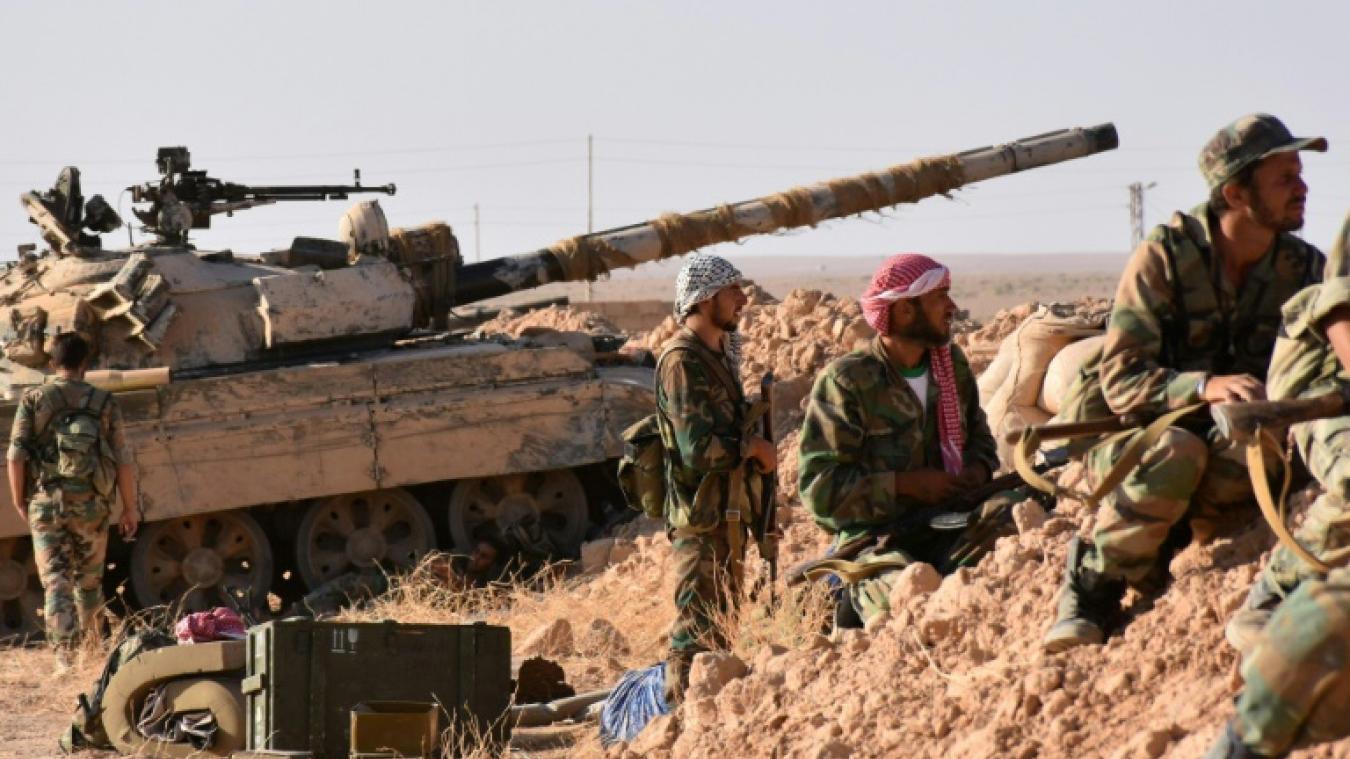
The Deir Ezzor governorate and city have largely been under the Islamic State’s control since 2014. Pockets of exposed SAA troops and positions remained, denying the Islamic State complete control, their resources meager. The expedience with which ISIS, at that point a newly reformed breakaway faction of al Qaeda, was able to capture the majority of the Deir Ezzor governorate was widely seen as embarrassing for the Damascus-government led by Bashar al-Assad. It fought a civil war that was as much won or lost on the battlefield as through propaganda and morale campaigns.
The Islamic State would soon control enough landmass in Syria to declare its caliphate. Breaking through Iraqi lines, it would then control territory in Iraq as well. Upon publically declaring its pseudo-sovereignty, it began inspiring, ordering and facilitating terror attacks around the world. With this, the group went from being viewed as a temporary disturbance, a nuisance, like so many other groups before, to a strategic issue. What began as yet another problem within a multifaceted civil war, became a regional issue, and then a world issue.
Victory has a thousand fathers, but defeat is an orphan.
― John F. Kennedy
But that was in 2014, and 2015, when the caliphate’s ominous black banner was seen waving over the burnt husks of captured cities. For a while, the militant group was highly favored by fortune for its aggressiveness and for its successes in attracting young new recruits from across the world. Many came from other groups already present and active in the war torn region. Everyone loves a winner, after all.
However, the region, and the world, responded in kind.
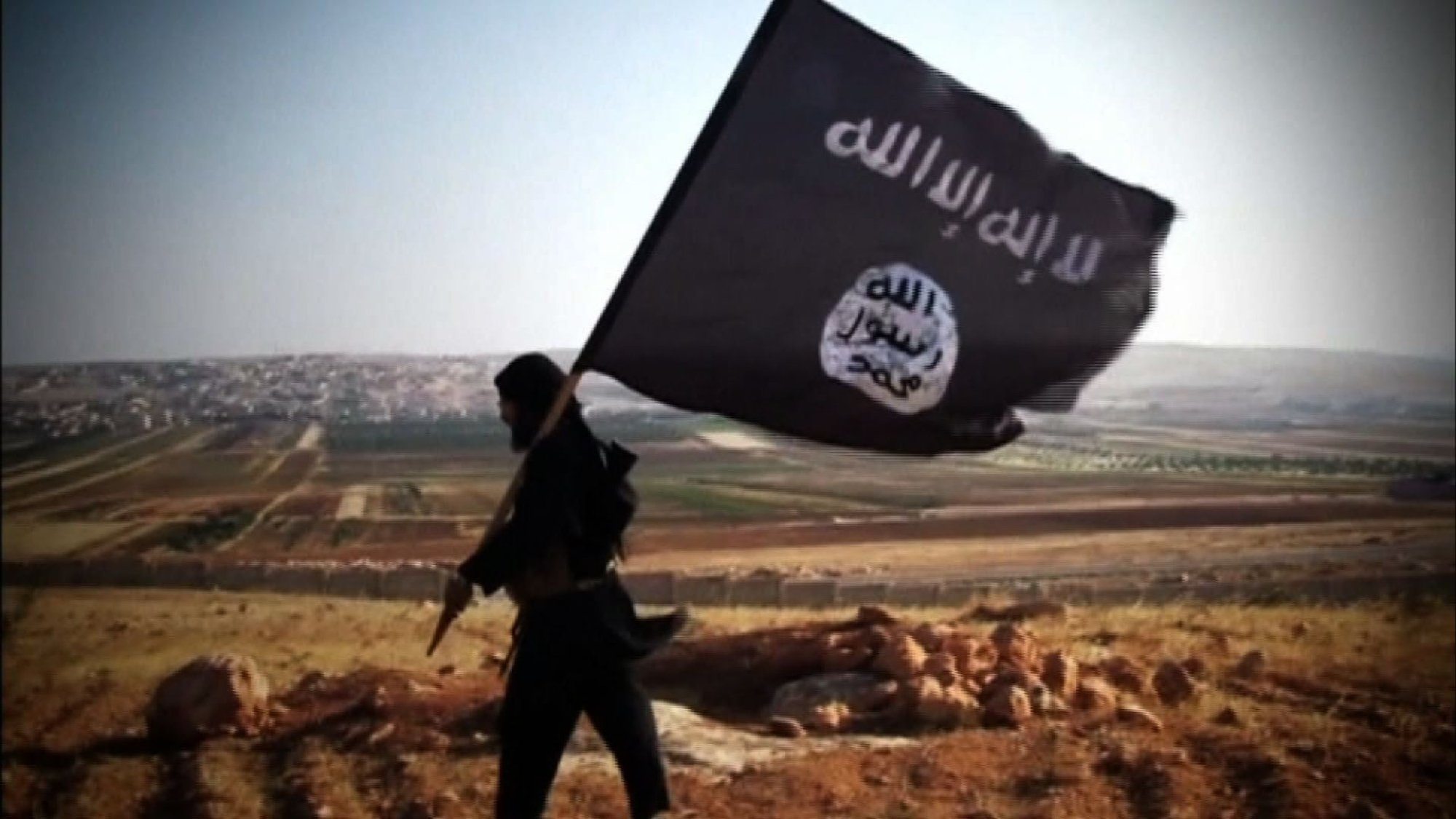
Today, in 2017, the black banner flies over terrain that diminishes by the hour, and it no longer is able to muster many new recruits to the slaughter. The battlefield has become too real for the ideal candidate, the naive, slightly obtuse, would-be jihadist.
ISIS had disturbed a hornet’s nest, and its leadership was ill equipped to understand the political or religious implications of its attempt to establish itself in the middle of an ongoing civil war; a war which can at best be considered a multifarious myriad of interests. One does not just simply enter the fray in the Middle East and have the established players in the region welcome you with open arms. Syria had already called upon its allies, Russia and Iran, for support against the anti-government rebels across the country. The Islamic State provided the Damascus-led coalition with a much needed common enemy, one that the entire world could despise. Unifying the world, it gave Damascus a much needed boost when it needed it the most.
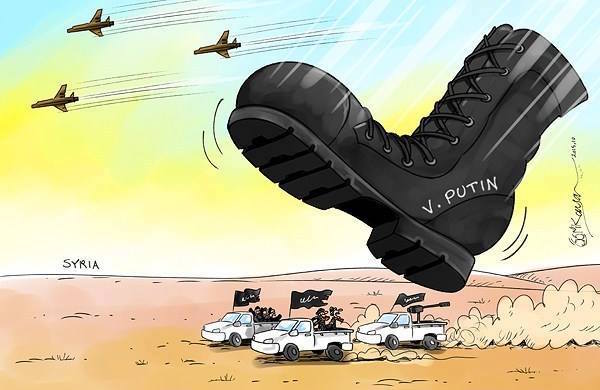
Deir Ezzor is now the Islamic State’s last major enclave. The area is considered a vital hub for trade and travel from Syria to Iraq, and has extremely rich oil and gas fields. With its geographical location, as well as natural logistical position, controlling it is essential for the Syrian government. With it being the last major urban enclave under the Islamic State’s control, it is also the premier focus for all participating anti-Islamic State militaries and militias alike. All of the involved parties are seemingly well aware of the reality that the group has long prepared for this eventuality, and as such is a heavily entrenched enemy that thinks itself having little to lose and much to gain.
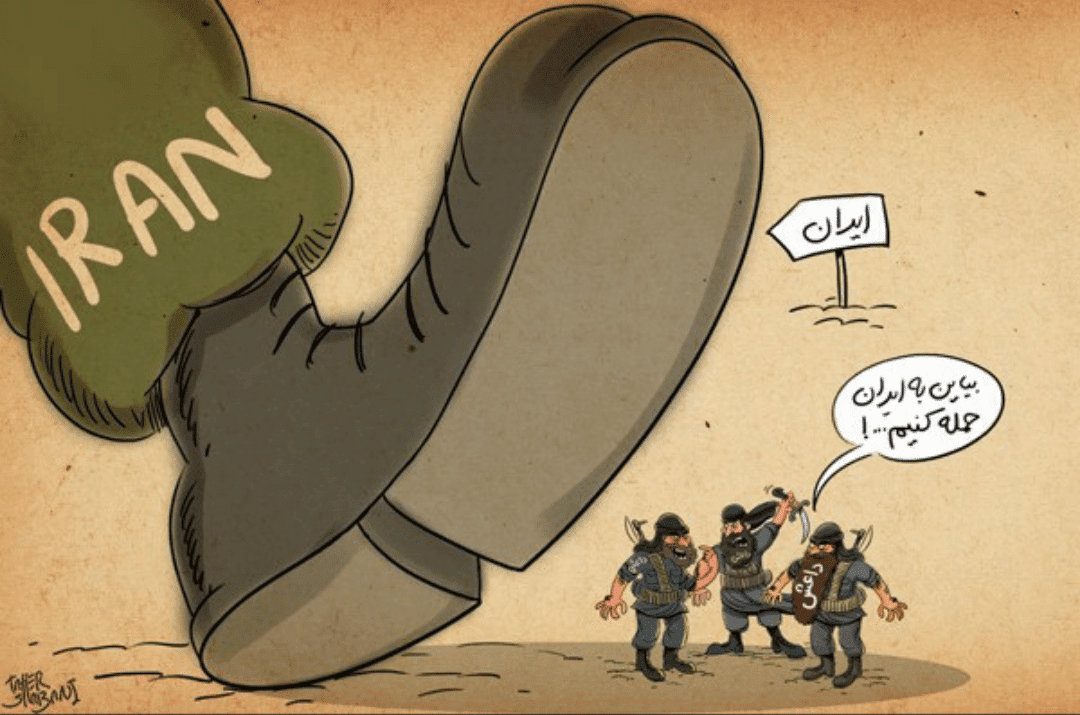
But its 3 year siege on the city and governorate is quickly coming to an end. On September 5th, the SAA, along with affiliated militia groups such as the Iranian proxy group Hezbollah, broke the Salafist-Jihadist group’s siege. Government forces reached the 137th Artillery Base after weeks of heavy fighting. From here, it intends to carry out launching pad style operations to recapture the remaining areas along the border with Iraq.
The past week has seen both the SAA and the SDF advancing on Islamic State positions throughout the Deir Ezzor province. On August 9th alone, the SAA took control of the Taym oil fields located southwest of the city, and took control over the Deir Ezzor military air base. The air base perimeter remains to be secured however, as it is expected to be riddled with explosive devices. However, by controlling the immediate areas around the base, the SAA now controls the high ground. This battlefield forward position will enable them to engage enemy positions with greater precision using tanks, mortar and smaller artillery pieces. By securing the oil fields, the SAA will now be able to advance downwards, slicing and isolating key enemy positions, able to gain control with few resources spent, with logistical lines going into Deir Ezzor city.
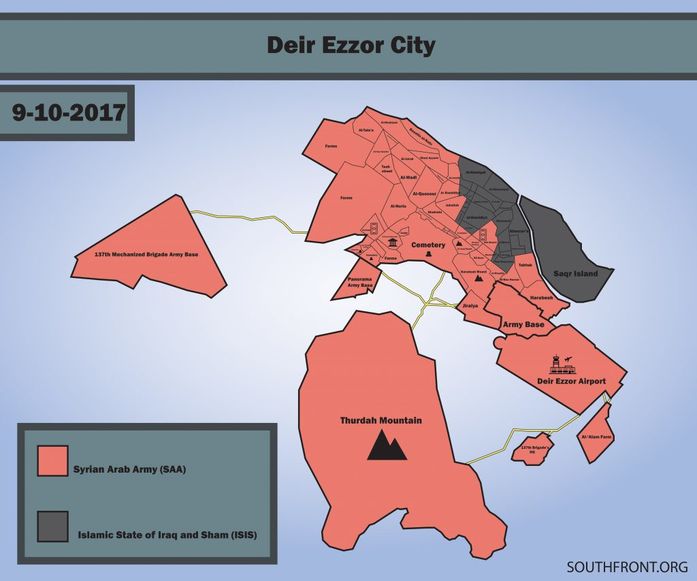
Advance units of the SDF are now within 4 kilometers of the outer city defensive lines, and have been able to take control of the 113th Brigade Base as well as the grain and cotton storage centers within the Deir Ezzor industrial area. During the SDF’s advancements down the Abu Kasab highway, they encountered at least a handful of Suicide Vehicle Borne Improvised Explosive Devices (SVBIED)’s, but with relatively speaking few casualties reported.
The SDF refers to its involvement in the Deir Ezzor offensive as “Operation Jazira Storm”. It has independently advanced further from previous northern positions towards the Islamic State’s entrenched positions in the east, closing off pathways to the contested battlefront of the Hasakeh province along the Euphrates River. While the SAA and the SDF are operating independently of each other, they appear to be making good use of each others advancements.
By taking control over the majority of the industrial area, SDF forces have now advanced to a point where they are nearing crossing the river on the northern slopes. On the southern front, the SAA has taken the high ground which will allow them enough respite to set up temporary bridges to cross the river. While small units, such as the SAA Special Forces unit Tiger Force, have already deployed into Deir Ezzor behind enemy lines, the two militaries are expected to attempt larger scale crossings in the coming days.
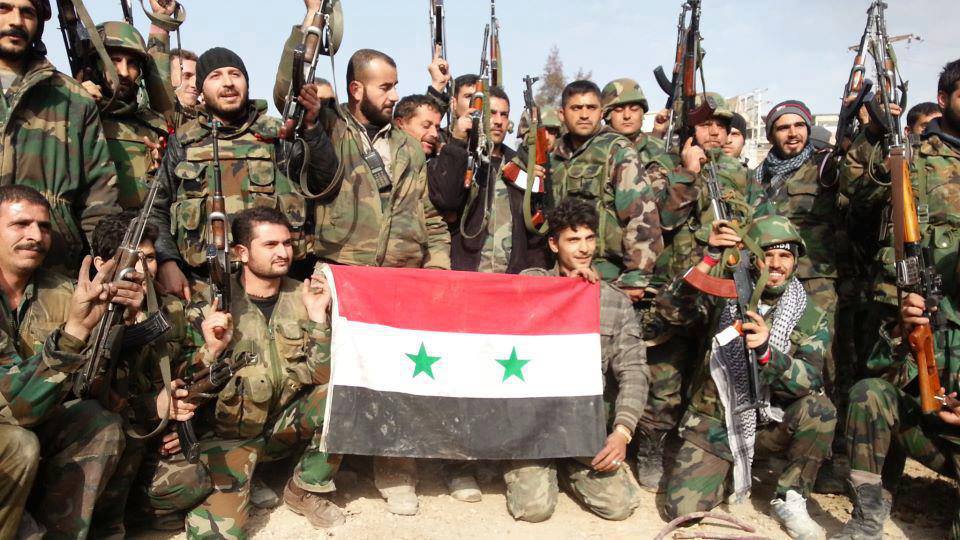
Part of the reason that large scale crossings are not expedited is that the entrenched positions in the city, along with sniper and mortar positions, could prove detrimental to the casualty rates for both the SDF and the SAA. Instead, both sides have favored letting Russian, Syrian, and US-led coalition air forces strike enemy positions ahead of an infantry insertion.
While there remains some discourse if the SDF should, or want to, participate in an incursion into the core of the city of Deir Ezzor, it now appears that a tacit agreement has been met. It appears that the SAA will enter Deir Ezzor enmass, with the SDF playing a supporting role on the northern side. How well this agreement is anchored with the involved international coalitions and parties, or what the ultimate gain for the SDF will be, remains to be seen.
To avoid needless clashes between anti-Islamic State forces, the US-led coalition, the SDF, the Syrian government with its affiliated militia groups, and Russia, all have agreed to a “de-confliction line” in northeast Syria. The line runs from the largely SDF controlled Raqqa province, downwards along the Euphrates river towards Deir Ezzor.
As for September 11, map indicates progress of SDF forces and the liberation of Al Moroor neighborhood with @coalition @centcom support pic.twitter.com/y04NOKL3e1
— SyriacMilitaryMFS (@SyriacMFS) September 12, 2017
Colonel Ryan Dillon, a US military spokesman said, “We urge all forces to concentrate their efforts on our common enemy (IS).” But considering the temporary nature of the overlapping interest of the groups fighting on the ground against a common enemy, and the at times overly congested airspace over the battlefield, it is generally understood that sooner or later an incident will occur. But in the meantime, the US-led coalition air assets will only operate on the northern bank of the Euphrates, while the Russian and Syrian Air Forces will only operate on the south side.
On September 8th, Islamic State forces attempted to carry out a wide counter-offensive against SAA positions in the western areas of Deir Ezzor, particularly on the Panorama frontline. What has been described as a “high number” of fighters assaulted the SAA positions near the Panorama School intersection, resulting in intense fighting alongside the western road that runs near the school and residential area. Reports indicate that at least 8 attempted Suicide Vehicle Borne Improvised Explosive Devices (SVBIED), e.g. suicide car bomb attacks were attempted. While the fighting is still ongoing along the Panorama line, it appears that the SAA lines have held. This counter-offensive effort appears to be the largest concentrated attempt by the Islamic State to push back the SAA and SDF advances since the breaking of the siege on September 5th.
Habent sua fata libelli et balli.
― Ernst Jünger
In strategic terms, the Islamic State’s counter-offensives is doomed to fail. In tactical terms, its counter-offensives can serve devastating blows to the advancing and battle worn troops of the SAA and SDF. The group no longer has the resources or critical mass necessary to withstand the onslaught of SAA and SDF combined forces for long. No doubt however, Deir Ezzor will take weeks, if not months, before a realistic “victory” can be declared. Once the group solidified its lines in the form of its self-declared caliphate, and went on a wide assault against competing militant groups, it ensured that if it lost its critical mass it would have nowhere to turn to receive reinforcements.
At this stage, the Islamic State finds itself between the proverbial rock and a hard place. The best the group’s fighters can hope for now is an orderly retreat to less strategically important, less tactically valuable, terrains. However, as the frontlines are shaped, it appears that a possible corridor to the east for a tactical retreat is shaping. This is likely done on purpose to facilitate a possible egress for the enemy fighters, to avoid needless bloodshed and what is otherwise seen as yet another costly protracted street to street battle.
However, the risk is that the Islamic State leadership will ignore the possibility for an egress to less valuable terrain. The leadership appears to be more concerned with its legacy and future recruitment material, than it is with reaching a life saving diplomatic solution, or any other alternative outcome. Instead, at this point, the fiercer and more vicious the Islamic State can resist SAA and SDF advances, the better the resulting mythological recruitment results will be.
The battle for Deir Ezzor is likely to be the Islamic State’s last hoorah as a unified strategic entity and threat, and as such the relatively costliest in terms of civilian and allied lives.
John Sjoholm, Lima Charlie News
John Sjoholm is Lima Charlie’s Middle East Bureau Chief, Managing Editor, and founder of the consulting firm Erudite Group. A seasoned expert on Middle East and North Africa matters, he has a background in security contracting and has served as a geopolitical advisor to regional leaders. He was educated in religion and languages in Sana’a, Yemen, and Cairo, Egypt, and has lived in the region since 2005, contributing to numerous Western-supported stabilisation projects. He currently resides in Jordan. Follow John on Twitter @JohnSjoholmLC
Lima Charlie World provides global news, featuring insight & analysis by military veterans, intelligence professionals and foreign policy experts Worldwide.
For up-to-date news, please follow us on twitter at @LimaCharlieNews
In case you missed it:

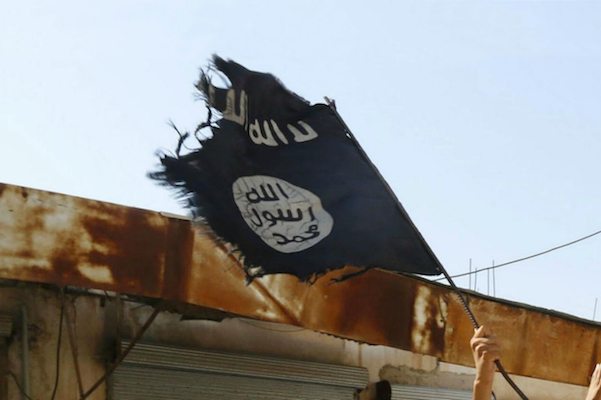
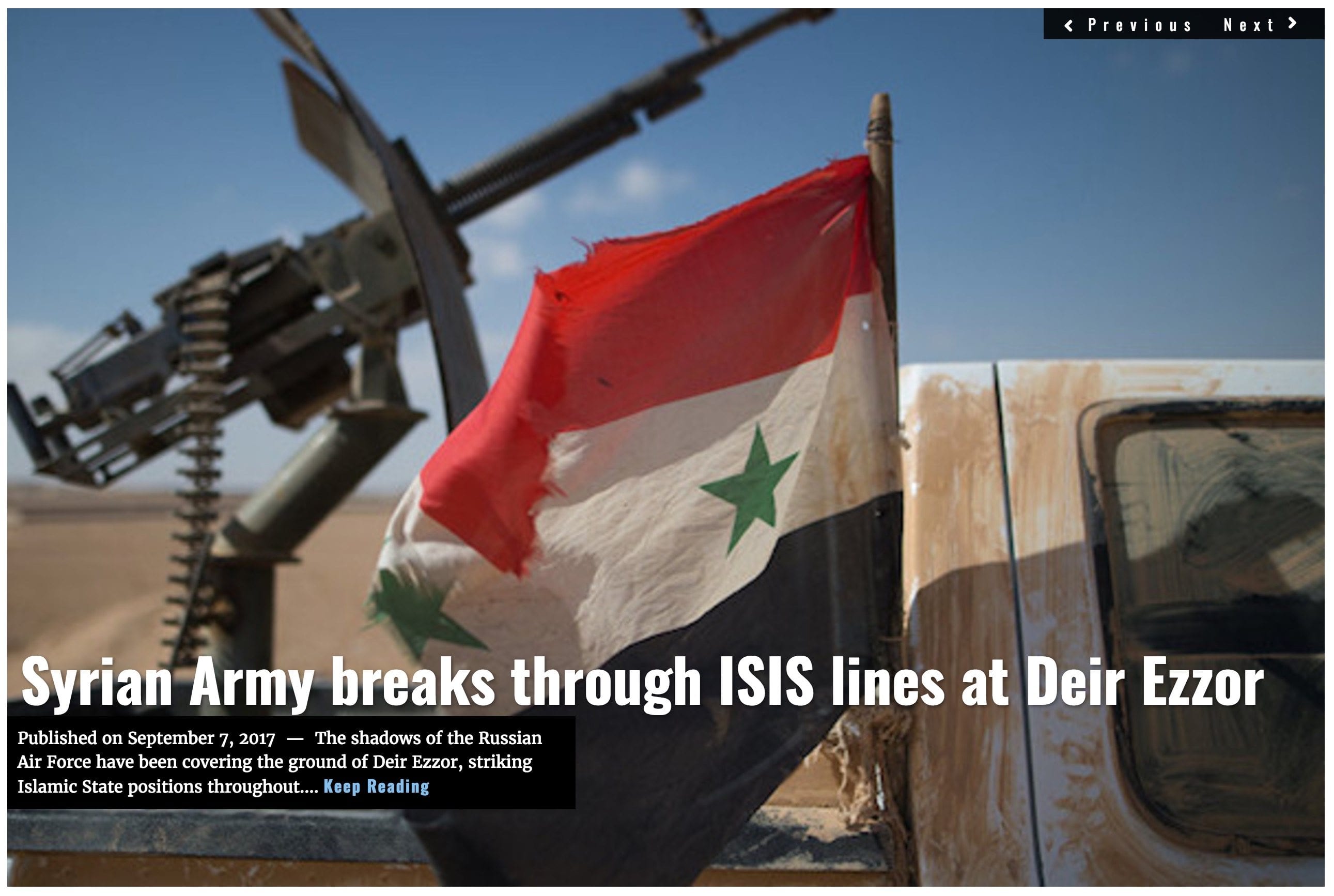
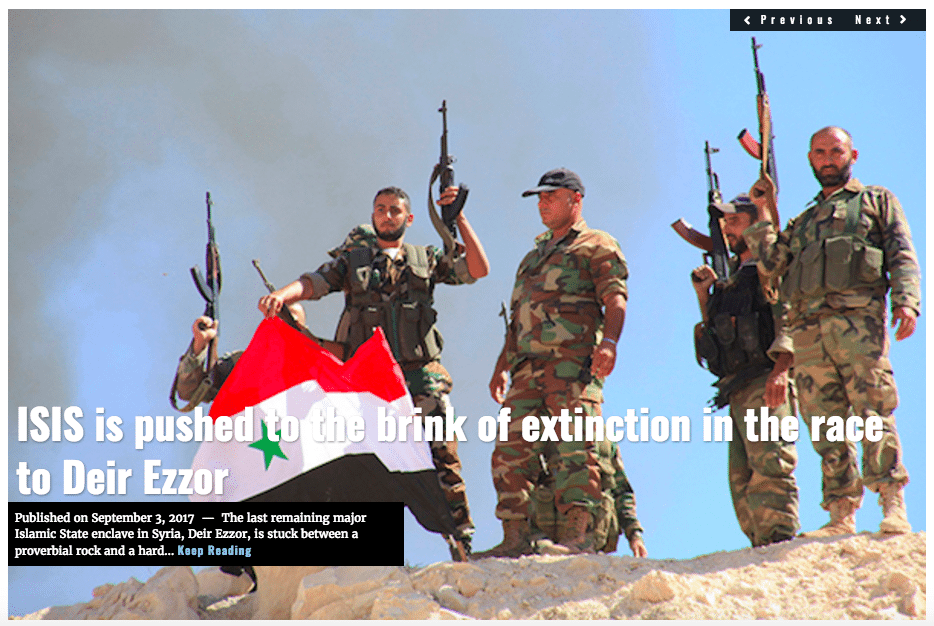

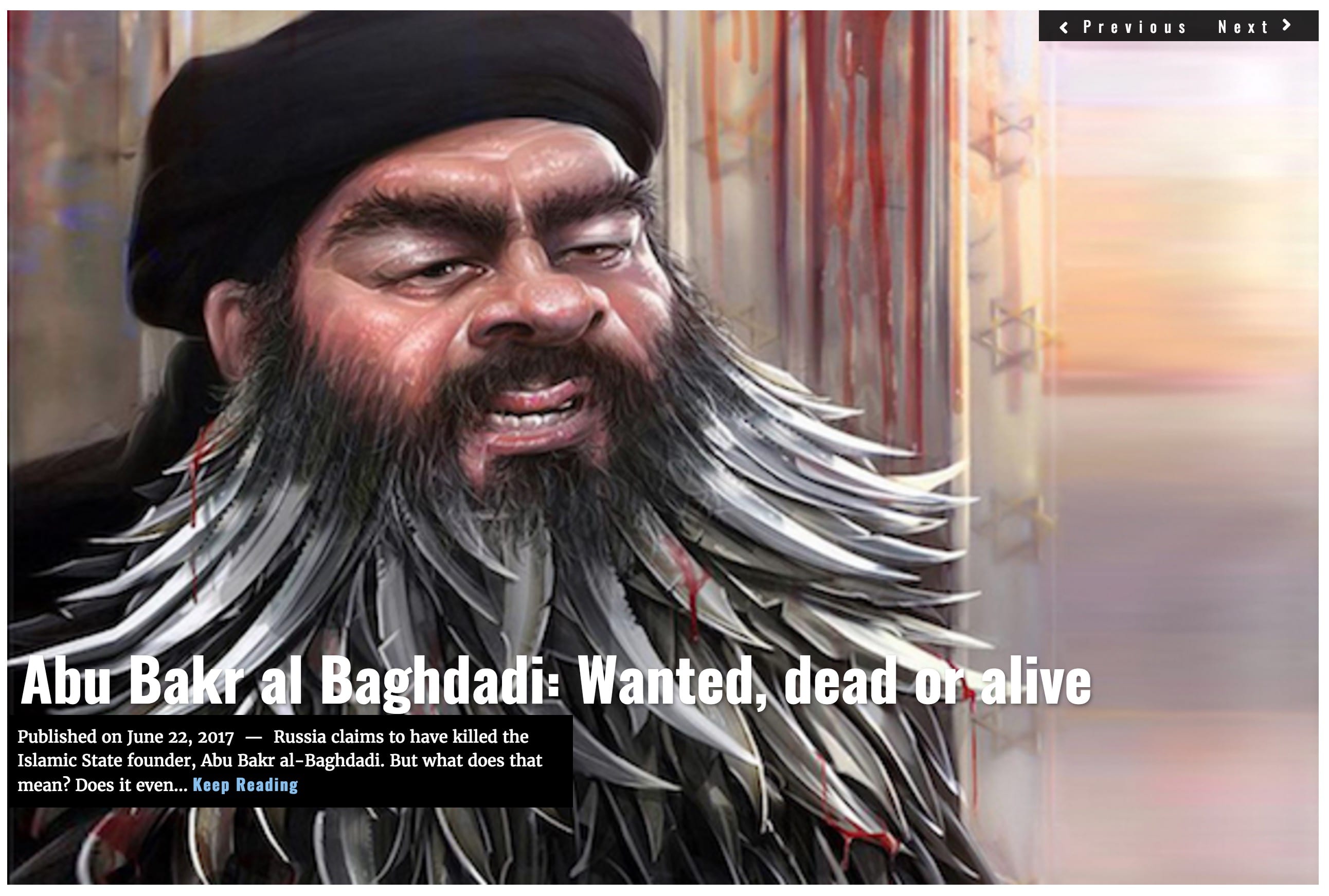

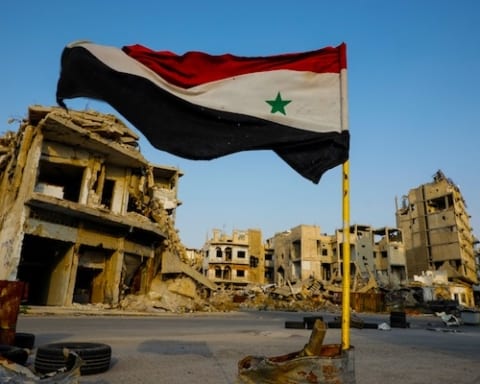
![Syria’s oil, gas and water - the Immiscible Solution to the War in Syria [Lima Charlie News][Photo: ANDREE KAISER / MCT]](https://limacharlienews.com/wp-content/uploads/2019/05/Syria’s-oil-gas-and-water-480x384.png)
